When you think of urban Japan, you think of Tokyo—and maybe Osaka, or perhaps even Hiroshima. Regardless of the Japanese city in question, you probably imagine a sprawling metropolis filled with millions of people
Hokkaido’s Hakodate to Shikoku’s Kochi
Japan’s most rewarding cities are ones you never thought to visit. Discover storied castles, glittering panoramas and delicacies you won’t find anywhere else.
When you think of urban Japan, you think of Tokyo—and maybe Osaka, or perhaps even Hiroshima. Regardless of the Japanese city in question, you probably imagine a sprawling metropolis filled with millions of people, serpentine rail lines and blaring neon signs that light busy thoroughfares all through the night. In fact, many of Japan’s most incredible cities bear little resemblance to this stereotype—Kyoto is perhaps the best-known counterexample. While you probably won’t recognise the names of these unsung Japanese cities, from Hokkaido’s Hakodate to Shikoku’s Kochi, you’ll definitely want to visit them by the time you finish reading.
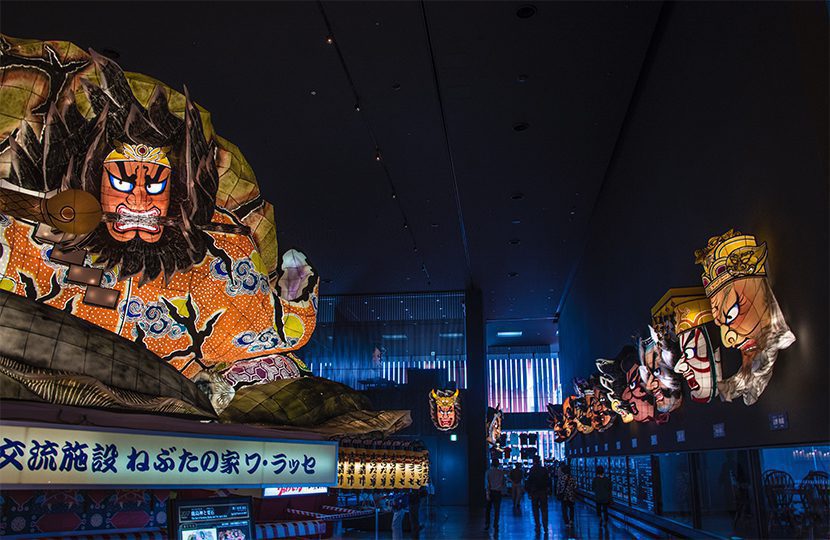
Aomori
Aomori
Located at the northern tip of Honshu island, underrated Aomori ticks culinary and culinary boxes. At A-Factory, an impressive array of apple-flavoured products (and a self-serve cider bar) highlight the importance of apple crops to the economy of Aomori prefecture. If you can’t visit Aomori in August for the annual Nebuta Matsuri Festival, make sure to visit Nebuta House Warasse, where the massive paper lanterns are on display the rest of the year. Popular excursions from Aomori include charming Hirosaki Castle and massive Lake Towada, while understated luxury of Hotel Aomori (HotelAomori.co.jp, rooms from S$129) makes you feel at home in the heart of the city.
Getting there:Ride the Shinkansen Hayabusa (currently, the fastest train in Japan) from Tokyo to Shin-Aomori, then take a local train to Aomori Station. Or, hop one of several daily flights to Aomori from Tokyo’s Haneda Airport.
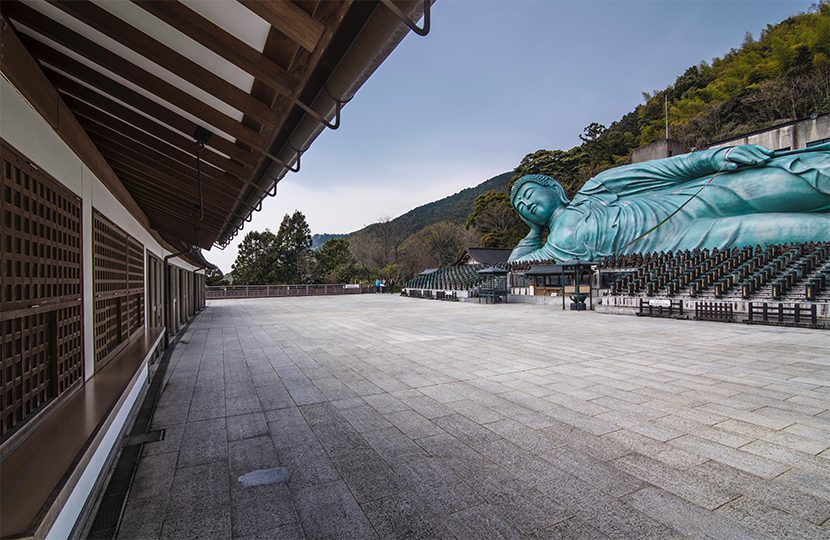
Fukuoka
Fukuoka
Fukuoka is the largest city in Kyushu island and serves as the gateway to all its incredible attractions. Walk up to the little-known Atago Jinja Shrine for a panorama of Fukuoka’s sparkling skyline, or cool off during the humid summer months with a swim at Momochi Seaside Park. A day trip to the reclining Buddha at Nanzo-in will work up an appetite, which any of the 43 Michelin-starred restaurant in Fukuoka (TIP: If you want to dine at Sagano, which has earned three stars, make reservations far in advance) will deliciously take care of. Grand Hyatt Fukuoka (Fukuoka.Grand.Hyatt.com, rooms from S$248) is arguably the most luxurious hotel in the city, though the ocean views you get at Hilton Fukuoka Seahawk (Hilton.com, rooms from S$200) are hard to beat.
Getting there: The Shinkansen Nozomi takes you directly from Tokyo to Hakata station (Fukuoka’s bullet train hub) in about six hours; otherwise, take one of the nearly 50 daily flights from either of Tokyo’s airports to Fukuoka’s.
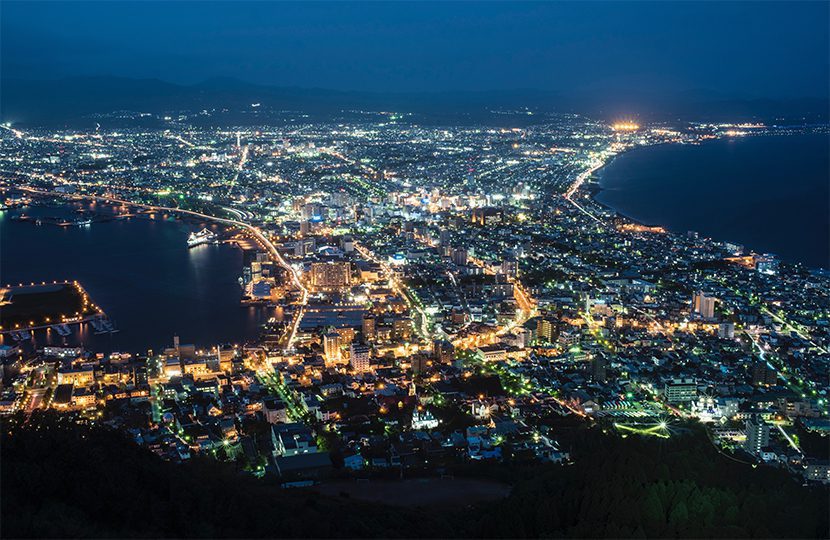
Hakodate
Hakodate
Formerly reachable only by plane, Hokkaido’s southern hub Hakodate gained a chance at great notoriety when the Shinkansen connected it directly to Tokyo by train for the first time, in 2017. And thanks to the city’s impressive range of attractions, which include Hakodate Morning Market (home to the “Dancing Squid” viral internet sensation), star-shaped Goryokaku Fort, the Russian Orthodox churches of Motomachi and Mount Hakodate, whose night view is consistently rated the best in Japan, it’s really only a matter of time before Hakodate’s secret is out. Bourou Noguchi Hakodate Ryokan (Bourou-Hakodate.com, rooms from S$268) pairs an ultra-modern take on the traditional Japanese guest house with soothing Japanese hot springs that flow from nearby Yunokawa Onsen.
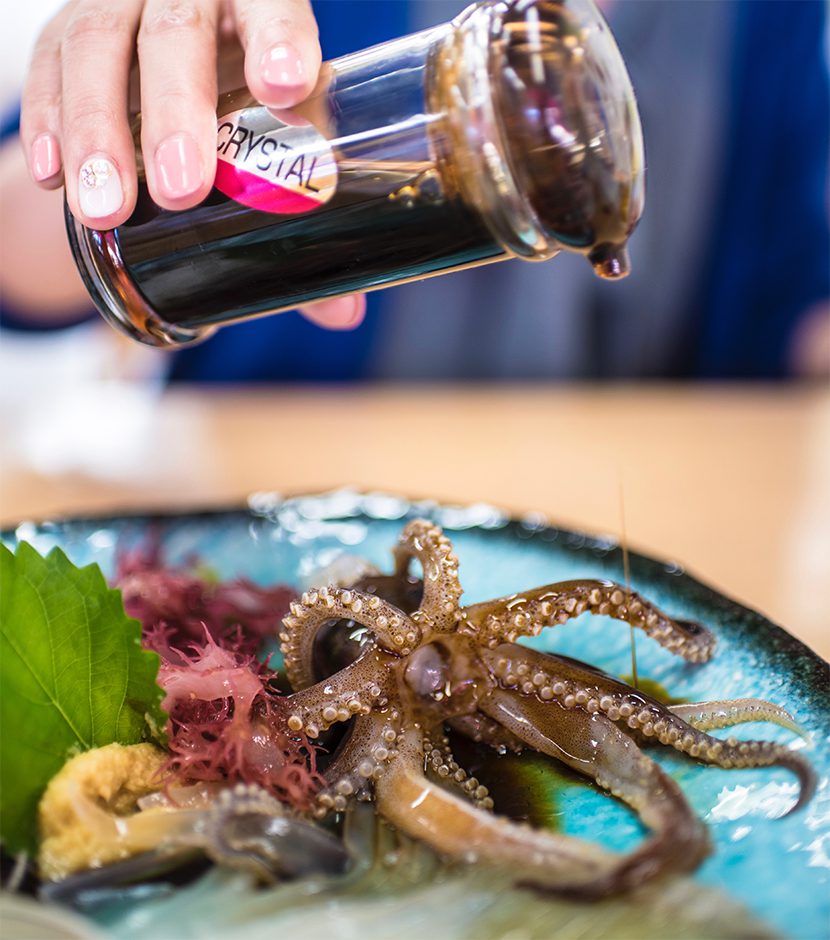
Dancing Squid in Hakodate
Getting there: Ride the Shinkansen Hayabusa about an hour past Shin-Aomori station, then catch a local service to Hakodate station, which is just steps from Hakodate Morning Market. Or, fly ANA nonstop from Tokyo-Haneda.
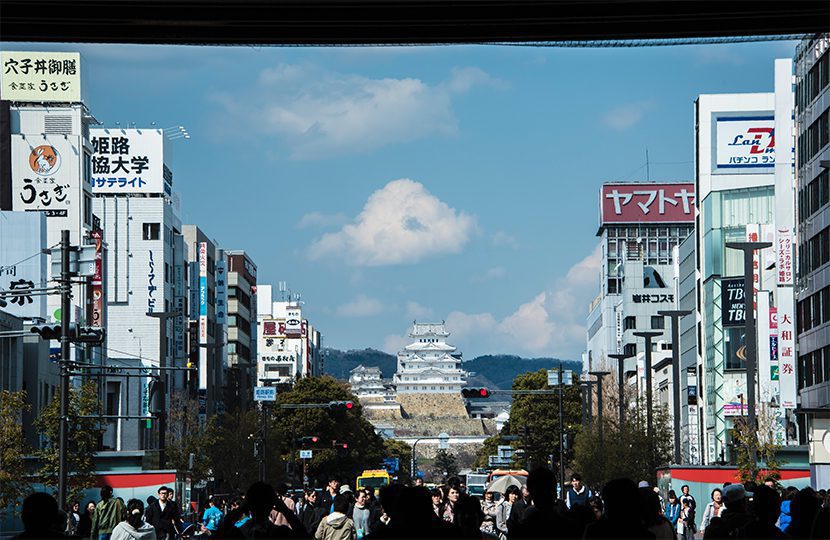
Himeji
Himeji
Himeji Castle is widely known as the most stunning one in all of Japan, having been built in the 17th century at what was then the apex of Japanese architectural prowess. After riding a boat through the castle’s moat, or enjoying views of it from the platform of Himeji Station and the hilltop Otokoyama Senhime Tenmangu Shrine, get dressed for dinner at the Michelin-starred Sushiichi, which serves up sushi and sake (what pairs better with Japan’s finest castle than an acclaimed take on its most famous food and beverage) on traditional tatami mats. The four-star Hotel Nikko Himeji (HotelNikkoHimeji.co.jp, rooms from S$92) likewise priorities simplicity over sumptuousness, though after the day you’ve had you’re sure to sleep soundly.
Getting there: Himeji Station is just 90 minutes from Shin-Osaka Station via any westbound Shinkansen.
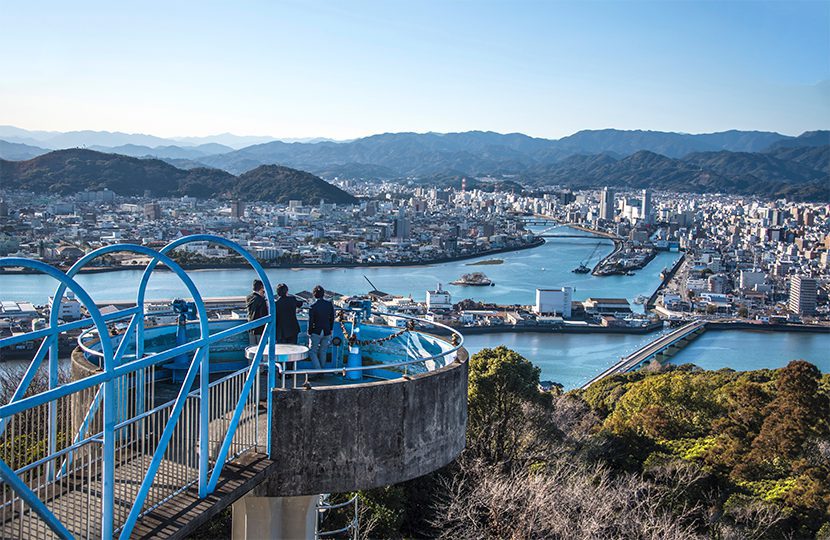
Kochi
Kochi
Situated right in the heart of oft-overlooked Shikoku island, Kochi is as excellent as a jumping-off point for adventure on the Seto Inland Sea as it is for a standalone city trip. Its own 17th-century castle rivals the beauty of Himeji’s, to say nothing of the stunning panorama you enjoy from its open-to-the-public keep. Hirome Ichiba Market is a foodie’s paradise, with several stalls serving seared tataki-style Bonito, Kochi’s most famous culinary specialty.
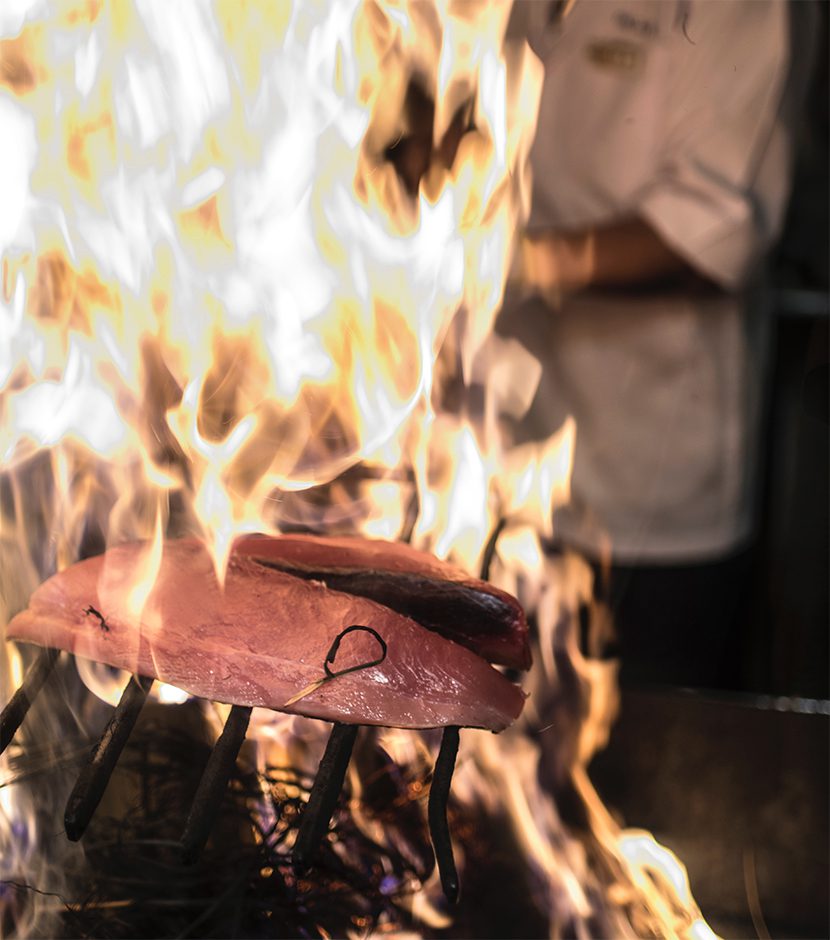
Kochi
Take a spiritual walk through the grounds of Chikurin-ji Pagoda, whose stone Buddhas wear knitted red caps to honor the memories of babies who didn’t make it past infancy, and make your home at the century-and-a-half old Jyoseikan Ryokan (Jyoseikan.co.jp, rooms from S$352).
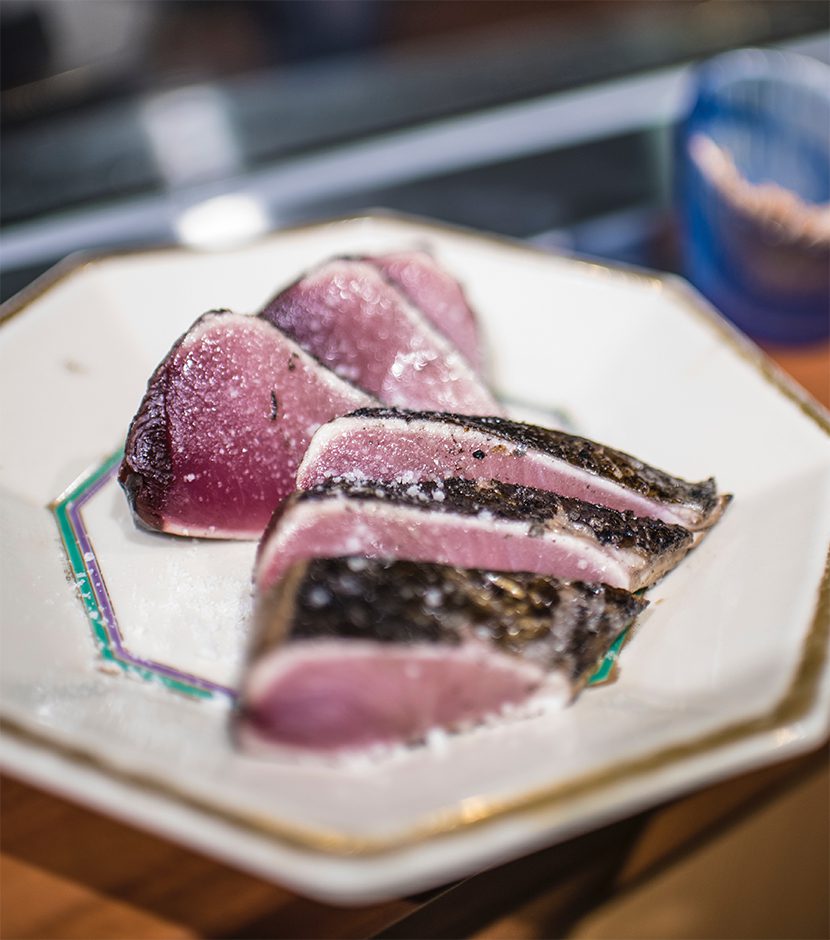
Kochi
Getting there: Take one of several nonstop flights from Tokyo-Haneda to Kochi Airport. Or, ride the Shinkansen to Okayama (3-4 hours west of Tokyo), then take the JR Nanpu Limited Express for 2.5 hours until you arrive at Kochi Station.
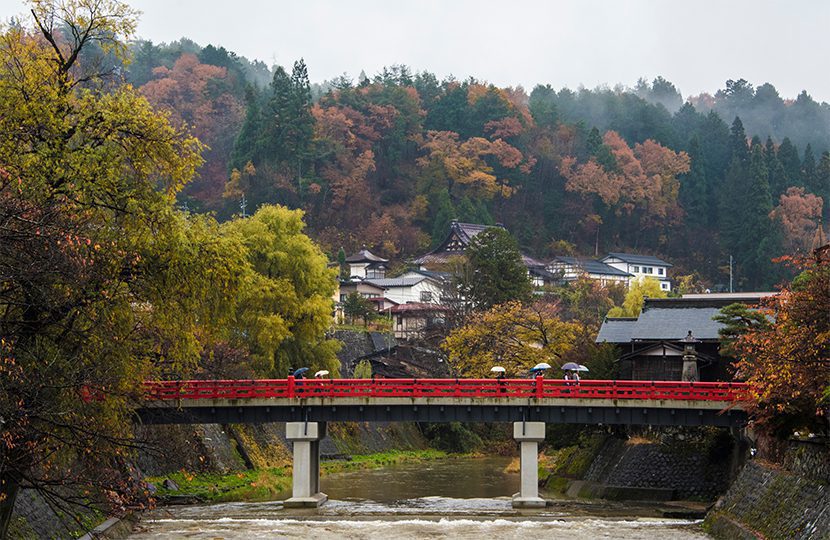
Takayama
Takayama
Everything worth seeing in Takayama centres around the ruby red Nakabashi Bridge, so you’ll want to make
sure this landmark is your first stop, not your only one. Shop for local handicrafts in the three streets of Edo-era Sanmachi Suji, or enjoy a serene stroll through the hillside Higashiyama Cemetery, which (perhaps surprisingly) is one of the city’s most popular walking tracks. Takayama sits within day-trip distance of UNESCO World Heritage site Shirakawa-go, though you might simply decide to hunker down in the on-site onsen at the impeccable Honjin Hiranoya Kachoan (HonjinHiranoya.com, rooms with full board from S$417), particularly if you visit during the frigid winter months.
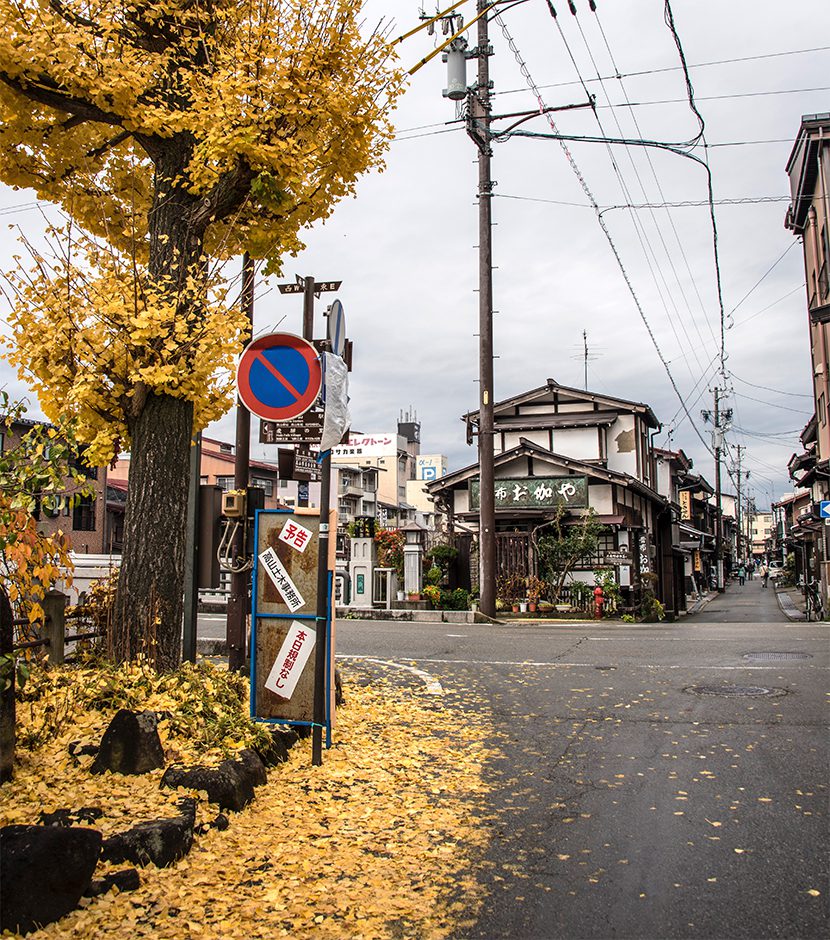
Takayama Ginkgo
Getting there: The Wide-View Hida express train runs direct to Takayama from Nagoya, which enjoys air and bullet train connections to Tokyo several times per hour.
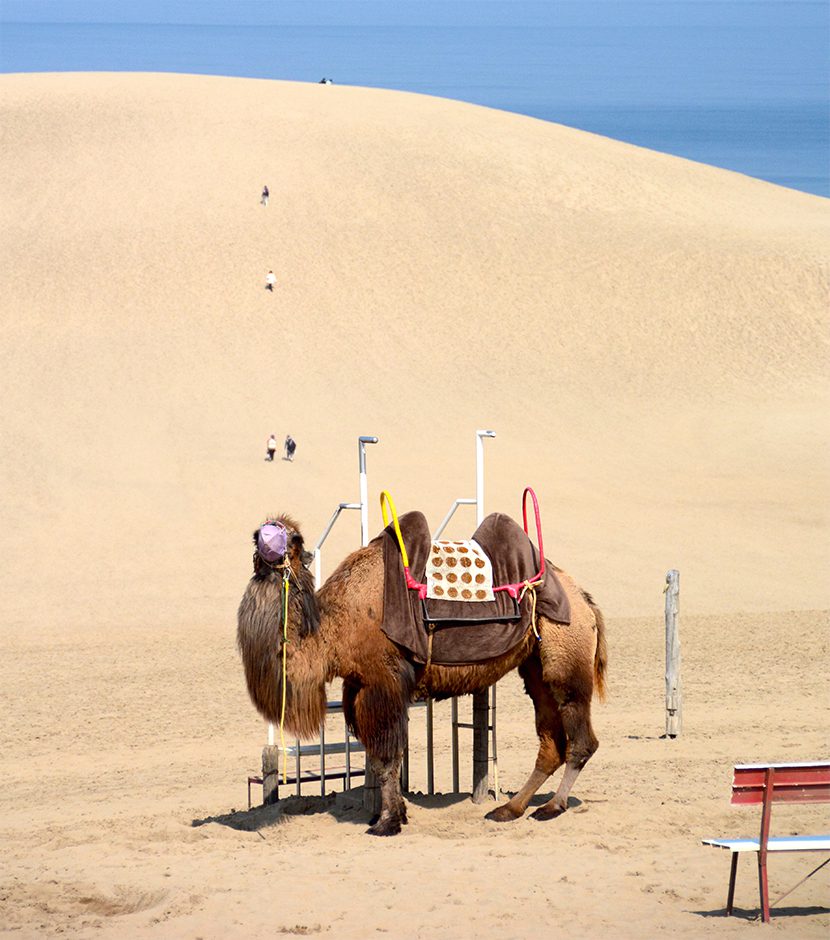
Tottori
Tottori
Tottori is most notable for its proximity to Japan’s only desert, itself notable as the setting for Kozo Abe’s seminal 1962 tome Woman in the Dunes. However, the Tottori Sand Dunes (where you can actually spot real-life camels, in case you were curious) are but one reason why a trip to this small city on the northern shore of Honshu is so worthwhile. Hakuto Shrine’s stone rabbits make it a quirky counterpoint to the dunes themselves, while lunch or dinner at Wakabayashi allows you crack open Tottori’s famous crabs (the prefecture produces more of them than anywhere else in Japan) while looking out onto a fisherman’s village. Hotel New Otani (NewOtani.co.jp, rooms from S$146) is the most high-end place to sleep, though you should keep in mind that Tottori isn’t known for luxury hotels.
Getting there: ANA flies nonstop from Tokyo-Haneda to Tottori five times daily, while the train journey from Osaka (onboard the Super Hakuto Limited Express) takes about three hours.
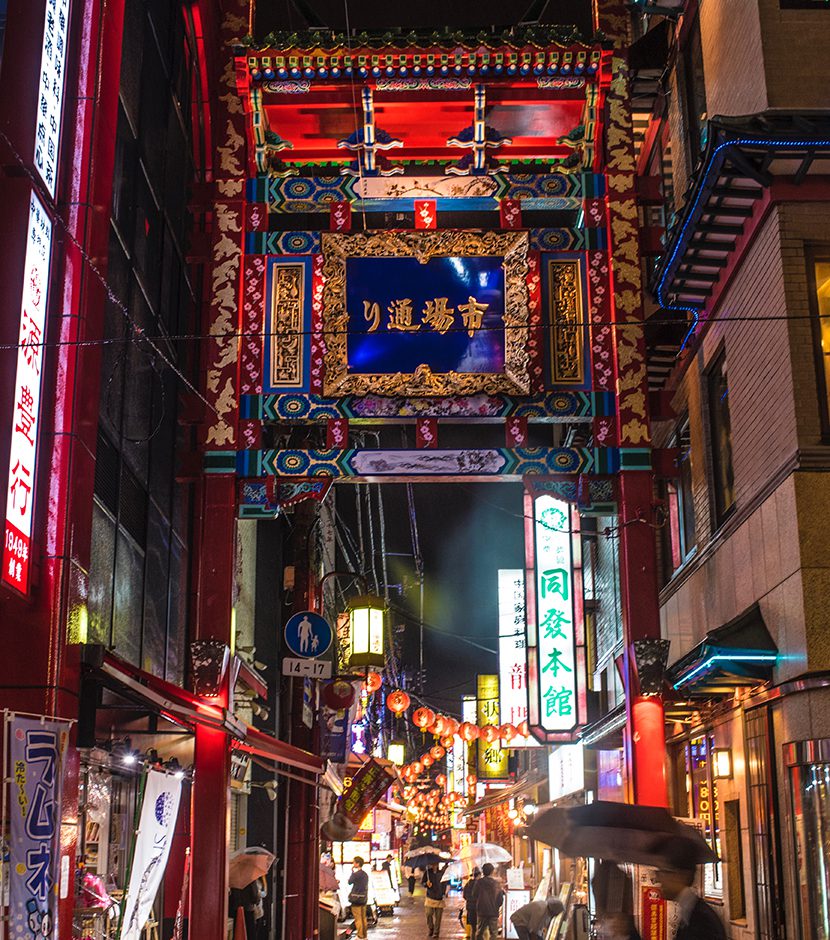
Yokohama
Yokohama
To the uninformed observer, Yokohama is simply part of the Tokyo metro area. The moment you arrive here, however, you’ll realize how untrue this assumption is, whether you traipse through the turn-of-last-century Sankein-en Garden (one of the city’s top sakura spots), marvel at views of Tokyo Bay from Cosmo Clock 21 ferris wheel or enjoy a decidedly modern shopping experience inside the historical Red Brick Warehouse. The best place to eat in Yokohama is the city’s Chinatown (Japan’s largest—try Heichinro Yokohama Honten to savor refined dim sum in an intimate, luxurious setting), while a sleep at the lavish Intercontinental Yokohama Grand (IHG.com, rooms from S$150) is reason alone to spend a night away from Tokyo.
Getting there: Any westbound Shinkansen will take you from Tokyo station from Shin-Yokohama in just 15 minutes, while a taxi from Tokyo will run you about ¥14,000 (S$178) one-way.◼
Subscribe to the latest edition now by clicking here.
© This article was first published in Aug-Sept 2018 edition of World Travel Magazine.
If you would like to comment on this story or anything else you have seen on World Travel Magazine, head over to our Facebook page or message us on Twitter.
And if you liked this story, subscribe to our bi-monthly World Travel Magazine, a handpicked selection of editorial features and stories from Global Destinations, Inspire Me, Insider, Style File, Wellness & Travel, City Travel, Suite Life, At Leisure, Short Breaks and much more.

